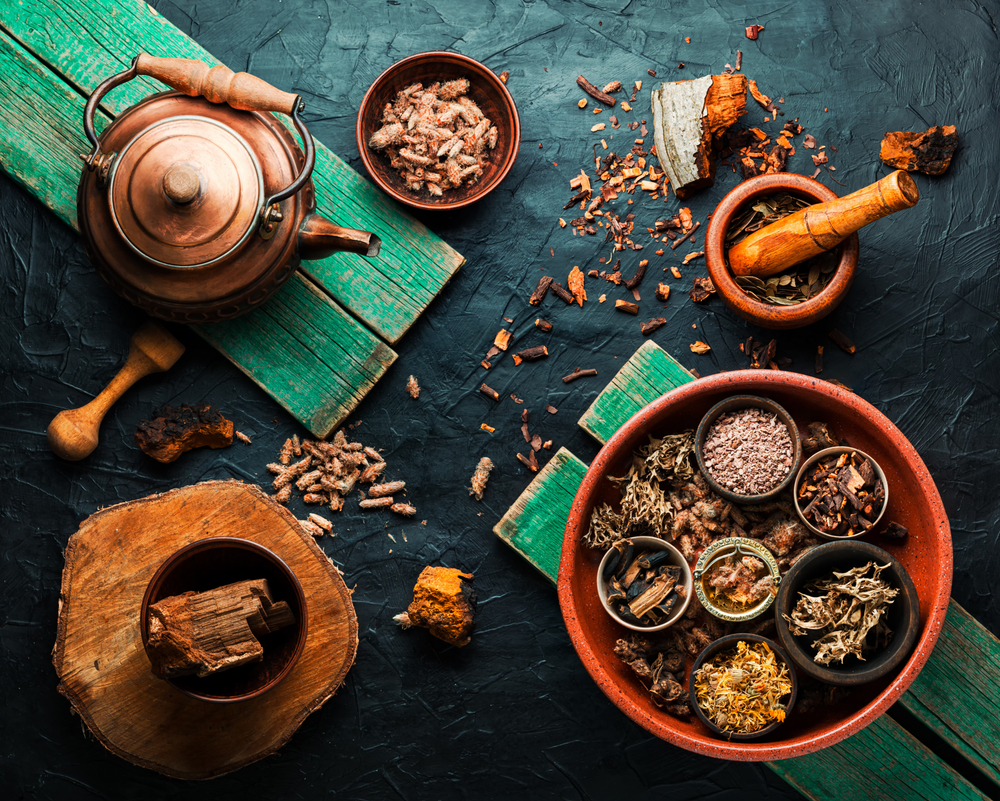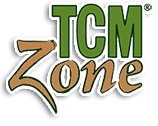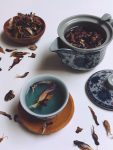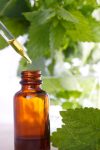Herbal Alchemy: Advanced Extraction Methods and Formulation Techniques for Maximizing Therapeutic Potency

By Xiyuan “Alex” Qiu, L.Ac.
In the realm of traditional Chinese medicine (TCM), the art of herbal alchemy holds a revered place, representing the transformation of raw botanical materials into powerful therapeutic remedies. Advanced acupuncturists and herbalists recognize the significance of extraction methods and formulation techniques in maximizing the therapeutic potency of TCM herbs. In this comprehensive guide, we delve into the intricate world of herbal alchemy, exploring advanced extraction methods and formulation techniques that elevate the efficacy and bioavailability of herbal medicines.
Understanding Herbal Alchemy: A Blend of Science and Art
Herbal alchemy is a multifaceted discipline that combines scientific principles with intuitive wisdom, seeking to unlock the full potential of medicinal plants. At its core, herbal alchemy encompasses the extraction, processing, and formulation of botanical materials to create potent and effective remedies. Advanced practitioners of herbal alchemy possess a deep understanding of the properties and actions of TCM herbs, as well as the alchemical processes that enhance their therapeutic value.
Advanced Extraction Methods: Unveiling the Essence of TCM Herbs
- Water Extraction (Decoction): Water extraction, or decoction, is one of the most ancient and widely used methods of extracting medicinal compounds from TCM herbs. In this process, herbs are simmered in water for an extended period, allowing the active constituents to dissolve and infuse into the liquid. Advanced practitioners may employ sophisticated techniques such as multiple-stage decoction or low-temperature extraction to optimize the extraction efficiency and preserve the delicate properties of the herbs.
- Alcohol Extraction (Tincture): Alcohol extraction, also known as tincture-making, involves soaking herbs in high-proof alcohol to extract their medicinal compounds. Alcohol is an excellent solvent for extracting both water-soluble and fat-soluble constituents, resulting in a potent and concentrated herbal extract. Advanced practitioners may employ variations such as maceration, percolation, or spagyric extraction to enhance the extraction process and obtain a more comprehensive profile of bioactive compounds.
- Oil Infusion (Macerate): Oil infusion, or maceration, is a gentle extraction method that involves soaking herbs in a carrier oil to extract their fat-soluble constituents. This method is particularly well-suited for extracting aromatic compounds, volatile oils, and lipid-soluble phytochemicals from herbs. Advanced practitioners may use cold-pressing, heat-assisted maceration, or dual-phase extraction techniques to maximize the extraction yield and preserve the therapeutic properties of the herbs.
- Supercritical Fluid Extraction (SFE): Supercritical fluid extraction is an advanced extraction technique that utilizes supercritical carbon dioxide (CO2) as a solvent to extract bioactive compounds from TCM herbs. In this process, CO2 is pressurized to a supercritical state, where it exhibits both liquid and gas-like properties, enabling it to dissolve and extract a wide range of phytochemicals without leaving behind any solvent residue. Advanced practitioners may adjust the temperature, pressure, and CO2 flow rate to optimize the extraction conditions and target specific compounds.
Formulation Techniques: Crafting Herbal Elixirs and Elixirs of Life
- Synergistic Formulation: Synergistic formulation is the art of combining multiple herbs to create balanced and harmonious formulas that address specific health concerns. Advanced practitioners carefully select herbs based on their properties, actions, and energetic qualities, aiming to achieve a synergistic effect that enhances the overall therapeutic potency of the formula.
- Constitutional Tailoring: Constitutional tailoring involves customizing herbal formulas to suit the unique constitution and individual needs of each patient. Advanced practitioners assess the patient’s constitution, pulse diagnosis, and presenting symptoms to select herbs that restore balance and promote holistic healing. By tailoring the formula to the patient’s specific imbalances and vulnerabilities, practitioners can optimize treatment outcomes and promote long-term wellness.
- Dosage Optimization: Dosage optimization is the process of determining the appropriate dosage and administration method for herbal remedies based on the patient’s condition, constitution, and therapeutic goals. Advanced practitioners may adjust the dosage, frequency, and duration of treatment to achieve optimal therapeutic effects while minimizing the risk of side effects or herb-drug interactions.
-
Formulation Enhancements: Formulation enhancements involve incorporating additional ingredients or processing techniques to enhance the efficacy, stability, or bioavailability of herbal remedies. Advanced practitioners may add synergistic herbs, mineral salts, carrier oils, or excipients to improve the taste, absorption, or therapeutic effects of the formula.
Case Studies: Harnessing the Power of Herbal Alchemy
Case Study 1: Chronic Pain Management
An advanced practitioner may formulate a custom herbal tincture for chronic pain management, combining analgesic and anti-inflammatory herbs such as Yan Hu Suo (Corydalis Rhizome), Xiang Fu (Cyperus Rhizome), and Bai Shao (White Peony Root). The tincture may be prepared using alcohol extraction to extract the active constituents of the herbs and enhance their bioavailability.
Case Study 2: Digestive Health Support
For patients with digestive issues, an advanced practitioner may formulate a decoction of digestive herbs such as Shan Zha (Hawthorn Fruit), Mu Xiang (Costus Root), and Chen Pi (Tangerine Peel). The decoction may be prepared using water extraction to extract the water-soluble compounds and promote optimal digestion and nutrient absorption.
Conclusion: Mastering the Art and Science of Herbal Alchemy
In conclusion, herbal alchemy represents a convergence of ancient wisdom and modern science, offering advanced practitioners of TCM a powerful toolkit for healing and transformation. By mastering the principles of extraction methods, formulation techniques, and dosage optimization, practitioners can unlock the full potential of TCM herbs and create potent remedies that address the root causes of disease while promoting holistic well-being. Through the artful integration of herbal alchemy with acupuncture, dietary therapy, and lifestyle modifications, practitioners empower their patients to embark on a journey of self-discovery and optimal health.
References:
– Chen, J. K., & Chen, T. T. (2004). Chinese Medical Herbology and Pharmacology. Art of Medicine Press.
– Duke, J. A. (2002). Handbook of Medicinal Herbs (2nd ed.). CRC Press.
– Hoffmann, D. (2003). Medical Herbalism: The Science and Practice of Herbal Medicine. Healing Arts Press.
– Tierra, M. (1998). The Way of Chinese Herbs. Pocket Books.
– Winston, D., & Maimes, S. (2007). Adaptogens: Herbs for Strength, Stamina, and Stress Relief. Healing Arts Press.



 Formulation Enhancements: Formulation enhancements involve incorporating additional ingredients or processing techniques to enhance the efficacy, stability, or bioavailability of herbal remedies. Advanced practitioners may add synergistic herbs, mineral salts, carrier oils, or excipients to improve the taste, absorption, or therapeutic effects of the formula.
Formulation Enhancements: Formulation enhancements involve incorporating additional ingredients or processing techniques to enhance the efficacy, stability, or bioavailability of herbal remedies. Advanced practitioners may add synergistic herbs, mineral salts, carrier oils, or excipients to improve the taste, absorption, or therapeutic effects of the formula.